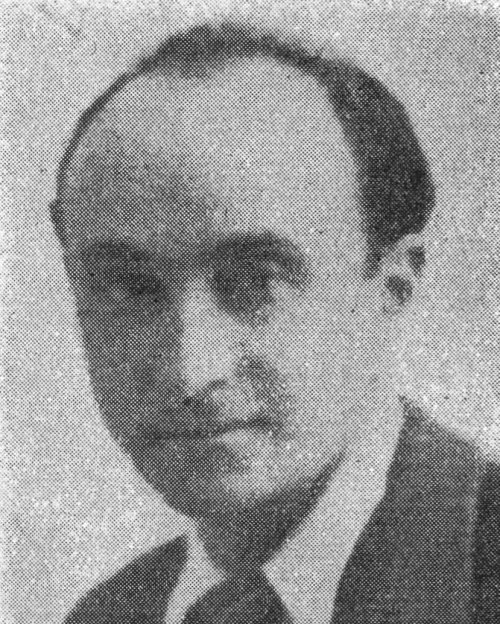Jankel ADLER
Декабрь 31, 2018Alexandre ALTMANN
Декабрь 31, 2018Жан АДЛEР
ПАРИЖ 1899 – ДЕПОРТИРОВАН В ОСВЕНЦИМ В 1941 Г.
Адлер, родом из Эльзаса, провёл детство в Париже. Он был тесно связан с французской куль- турой благодаря своему дяде Жюлю Адлеру, фран- цузскому художнику конца XIX века. Во время Первой мировой войны Жан Адлер жил в Кюссе, рядом с Виши. В 1919 году он поступил в Школу изящных искусств Парижа. Его учителями были Эрнест Лоран, Бибуль и его дядя Жюль Адлер, который оказал большое влияние на творчество Жана. Жан Адлер писал пейзажи и портреты. Член Салона французских художников с 1922 по 1933 год, Адлер получил в 1923 году стипендию и уехал в Северную Африку. По окончании этого периода он привёз свои работы в Париж и в 1924 году получил почётный диплом Салона декоративных искусств и пре- мию Марокко.
В 1928 году прошла его первая персо- нальная выставка в Париже. С 1928 года Адлер преподавал рисунок в школе Вильжюиф. 12 декабря 1941 года Адлер и его брат были аресто- ваны агентами гестапо. Интернированы в Компьене, затем переведены в Дранси. Депортированы 27 марта 1942 года эшелоном №1. Убиты в Освенциме.
Stories of Jewish Artists of the School of Paris 1905-1939
FRENCH-ENGLISH
Capitale des arts, le Paris des années 1905-1939 attire les artistes du monde entier. De cette période de foisonnement, un terme est resté, celui d'Ecole de Paris, qui recouvre une grande diversité d'expression artistique. Dans ce brassage dont Montparnasse est le creuset, un groupe se distingue : celui des artistes juifs venus de Russie, de Pologne et d'Europe centrale. Si leurs styles sont variés, un destin commun les rassemble : ils fuient l'antisémitisme de leur pays d'origine. Certains ont connu la célébrité dès les années 1920, tels Soutine, Lipchitz ou Chagall. D'autres n'ont pas eu le temps ou la chance d'y accéder. Près de la moitié a péri dans les camps de concentration nazis.
From 1905 to 1939, Paris attracted artists from all over the globe as the capital of the art world. This period of artistic proliferation became known as the School of Paris, and includes a great diversity of artistic expression. Within the teeming art world centred on Montparnasse, one group set itself apart: Jewish artists from Russia, Poland, and Central Europe. Although their styles were diverse, they shared the common fate of fleeing anti-Semitic persecutions in their home countries. Some became famous in the 1920s, such as Soutine, Lipchitz, and Chagall, while others did not have the time or the luck to gain renown. Nearly half of these artists died in Nazi concentration camps.





